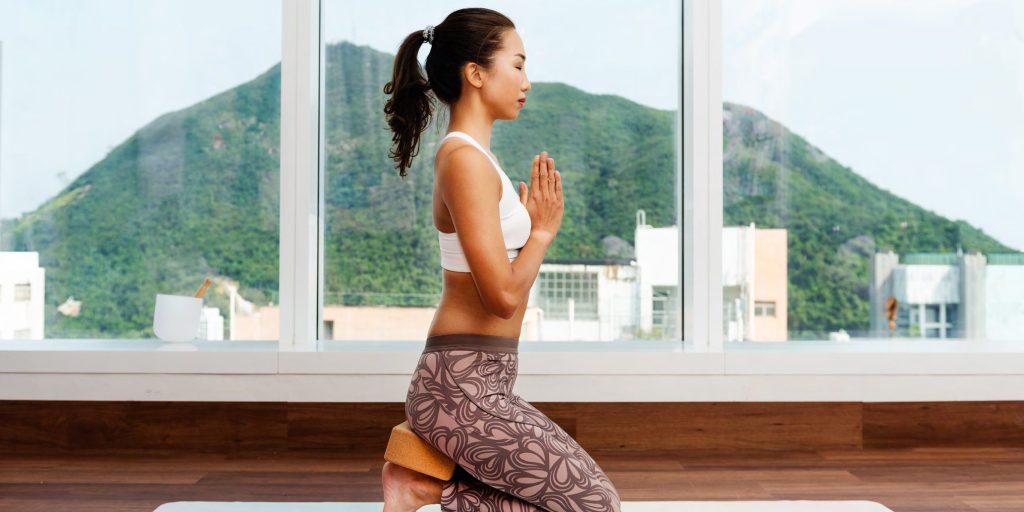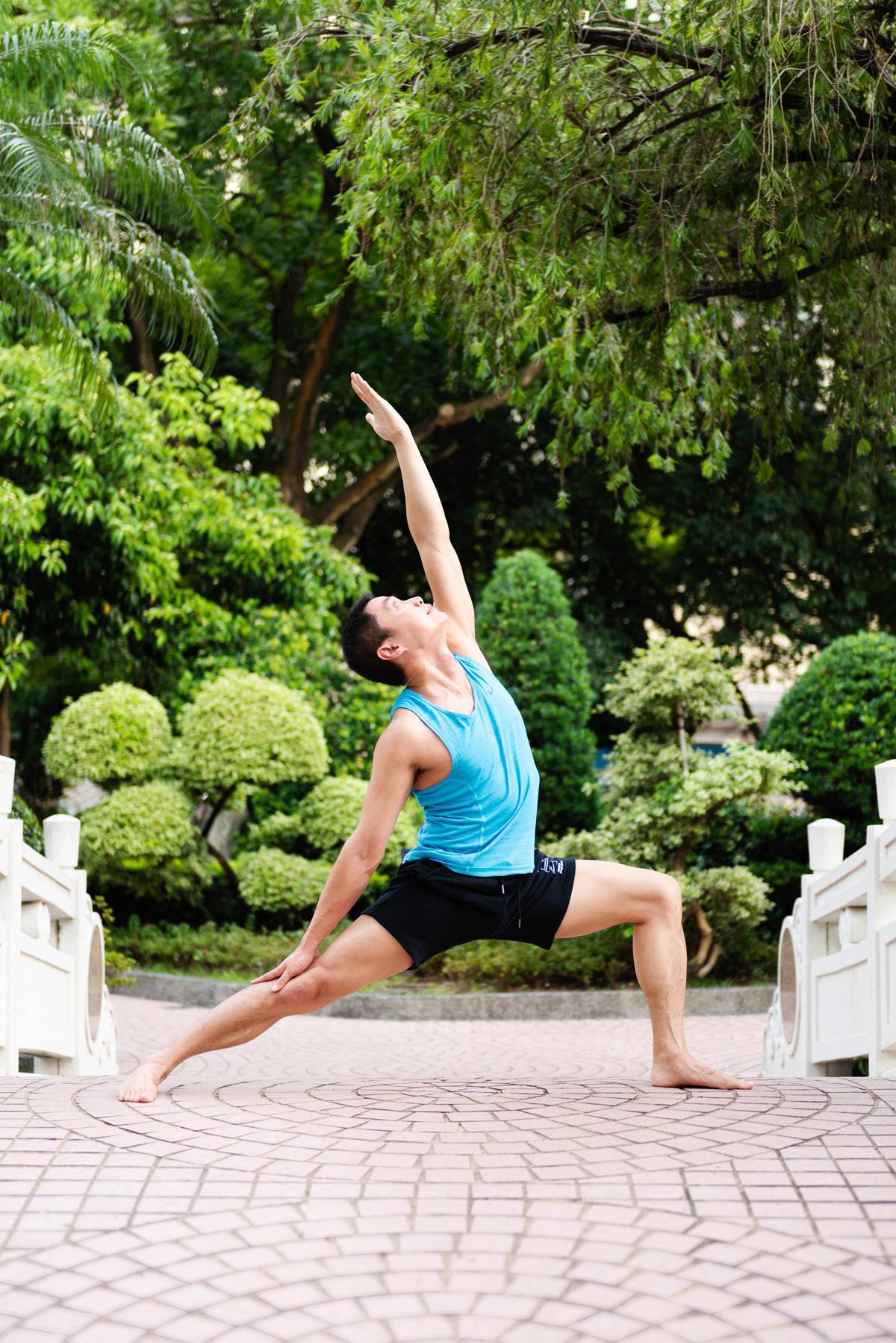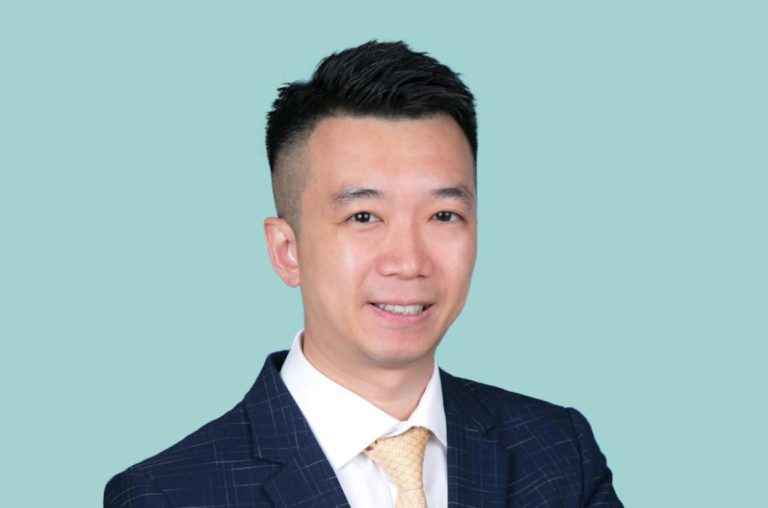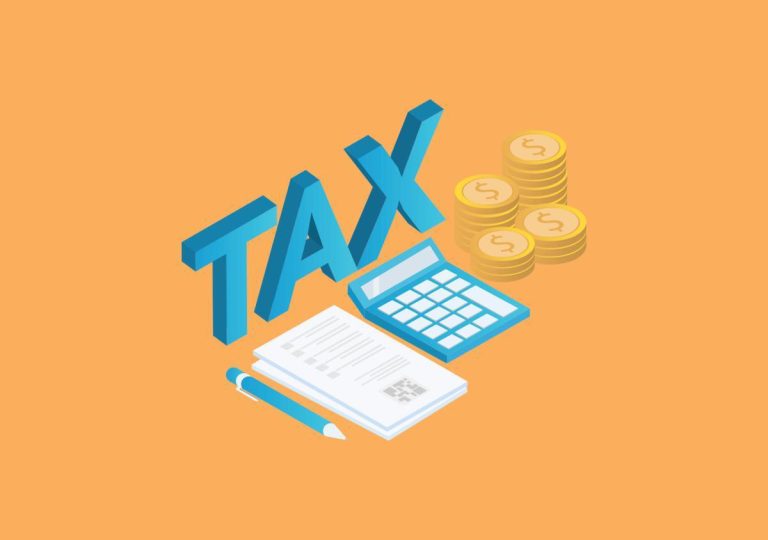Some years ago, Lenny Wong found that he was having sleepless nights from his work as an external auditor. While he enjoyed his job, the stress had started giving him insomnia. In a search for relief, Wong came across an amusing book on yoga postures named after animals.
“I started self-practicing by following the book, and my sleeping quality improved a lot,” says Wong, General Manager of Corporate Governance at Li & Fung. He kept practicing on his own, and after two years he decided to start attending formal classes to learn more about yoga.
“My first yoga class was after a busy workday in 2005 – my mind was filled with lots of work issues that day. But after the class and some deep relaxation, I could finally think of solutions for most of the issues,” he says. “Yoga helps to clear the mind.”
Lenny Wong, General Manager of Corporate Governance at Li & Fung.
This sense of relaxation and stress relief are just two of the many reasons why more CPAs are turning to yoga to help them manage the complexities found in their roles. Some look to yoga to help improve their overall physical fitness and flexibility, or as a complement to other sports that will help them stave off injuries.
“With regular yoga practice, we can achieve a balance of body strength and flexibility, and higher awareness of ourselves. I also apply this concept to real life,” he says. “When I handle daily affairs, I maintain a good balance of strength and flexibility in each situation,” Wong says.
“After the class and some deep relaxation, I could finally think of solutions.”
Finding the right class
“Yoga,” which means “union” in Sanskrit has been a popular activity for well over a decade in Hong Kong, and there is no shortage of classes or styles available throughout the city. There are also several different schools of yoga, which offer different benefits, such as gentle “Hatha” yoga classes, deep and slow “Yin” classes, sweaty “Vinyasa Flow” workouts, precision-focused “Iyengar” sessions and powerful “Ashtanga” routines.
Most regular practitioners agree that yoga is best immediately after waking up. “I practice Hatha yoga and Pranayama [breathing exercises] every morning before breakfast and work. It wakes up the mind and body for a good day,” says Wong. “At night time, I practice Yin yoga for deep relaxation and stress relieving for better sleep.”
A typical yoga class or session starts with a few minutes of warm-up stretching to allow the body time to prepare for various “asanas,” or postures, which are often done in a sequence. Intensity may escalate through the class, but most teachers offer alternatives if poses are too difficult for less experienced students.
Blocks, straps, and bolsters are also often used to help students achieve an extra level of stretch. Every class or session ends with “Savasana,” or corpse pose, where students lay flat on the floor with their arms and legs outstretched to encourage relaxation.
Flying with yoga
Traditional yoga classes usually take place on a mat, but in recent years aerial yoga has also picked up in Hong Kong. This version of yoga uses hammocks or swings to help students achieve acrobatic poses, often upside down or at unique angles above the ground. It increases flexibility, builds lower body strength, and is also a better choice for people with back problems.
The dramatic poses are what drew Sammi Fu to this unique form of yoga, which she has been practicing for several years. Fu, District Councillor, says that aerial yoga has helped her deal with work-related stress better. It has also given her an opportunity to improve her athleticism – something she did not think was possible before yoga.
“When I was young, my cardiovascular function was not good enough and it was pretty hard for me to do exercises like running. I felt tired very easily,” Fu explains. “My mum always said that I normally give up on doing something, but yoga is the only thing I have kept doing for a long time.”
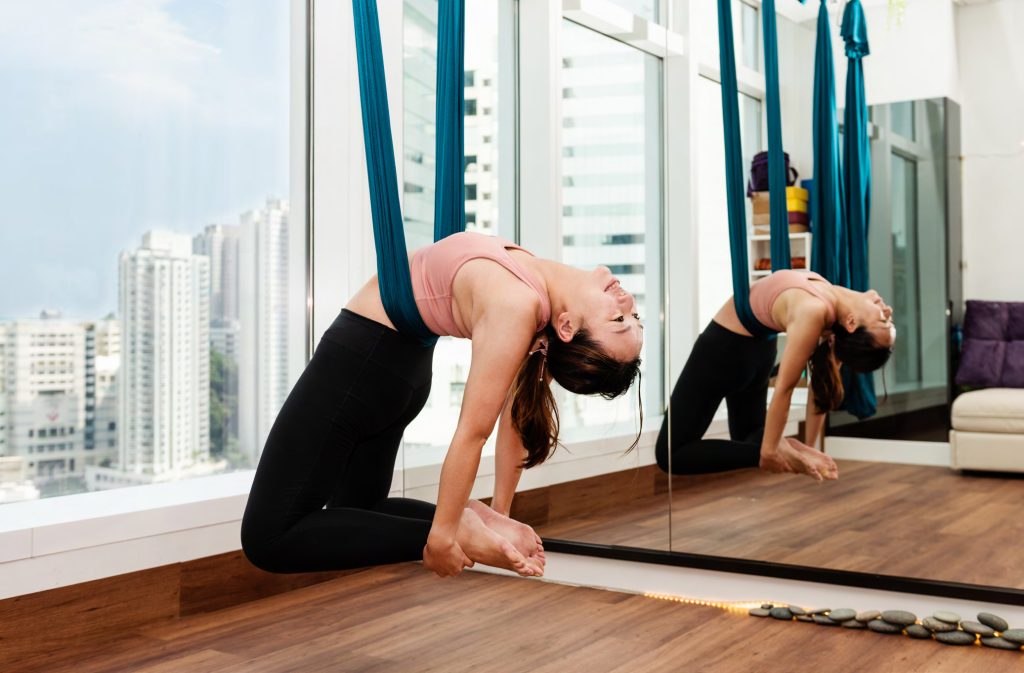
Sammi Fu, District Councillor, performing an aerial yoga pose at HeyArt Yoga Studio.
As Fu’s first encounter with yoga, aerial yoga has also helped her to improve her core and arm strength, and previously existing pain in her shoulders has gone away since she started practicing. While intimidating and challenging at first, she began to see results just after three months of steadily attending classes.
“It took some time for me to overcome my fears at first, but I can see the improvements,” Fu says. “There were some postures I really couldn’t do at the beginning, but I could suddenly do them after a few months.”
“It took some time for me to overcome my fears at first, but I can see the improvements.”
A life-changing experience
Juni Ngai, General Manager of eBRAM Centre Limited and Convenor of the Institute’s Athletics Interest Group, first tried yoga more than a decade ago. She was studying for her Qualification Programme exams and decided to bring her books to a resort in Thailand. While staying there, she decided to try one of the resort’s yoga classes.
“When I tried yoga the first time in Koh Samui, I spent five days at the resort and attended the yoga morning and afternoon classes in the jungle. That was quite an experience for me,” she says. “In my 16 years of practice, I had the best Savasana, the relaxation pose at the end of the session, in the first week. With the instructions of the teachers, I felt my body melt into the ground – I was totally relaxed.”
After her trip to Thailand, Ngai kept studying yoga, although it was not as popular in Hong Kong at the time. She eventually joined local gym Pure Fitness. “I would run up to Pure right after work at 5:30 p.m. every day – just in time for the 6:00 p.m. yoga class,” Ngai recalls. “I once took 30 classes in one month! I would go all the way to Central to attend two classes, even on Saturdays.”
“If you feel uptight, it means you are holding onto something. Yoga teaches you how to let go, and once you do, you become flexible.”
Eager to improve, Ngai began to study on her own and bought a number of books on yoga, including one on Iyengar yoga, a school of yoga that puts a strong emphasis on breathing and the technical alignment of postures, which are held for long periods of time.
Her passion for the discipline also sent her to India to attend a 30-day training course. Over that intense month, Ngai not only learned new poses and how to teach them, but also the theory behind yoga. Her passion led her to also attend classes on Ayurveda, the school of medicine related to yoga, and reiki, a holistic form of “energy healing.”
While Ngai did not become a professional yoga teacher, she used much of what she learned in her own practice after returning to her CPA life after India. She says that yoga has helped with her mental well-being. “If you feel uptight, it means you are holding onto something. Yoga teaches you how to let go, and once you do, you become flexible: flexible body, flexible mind,” she says.
“People who work in accounting need to be flexible. They need an open mind to really see what other people cannot see to make better decisions.”
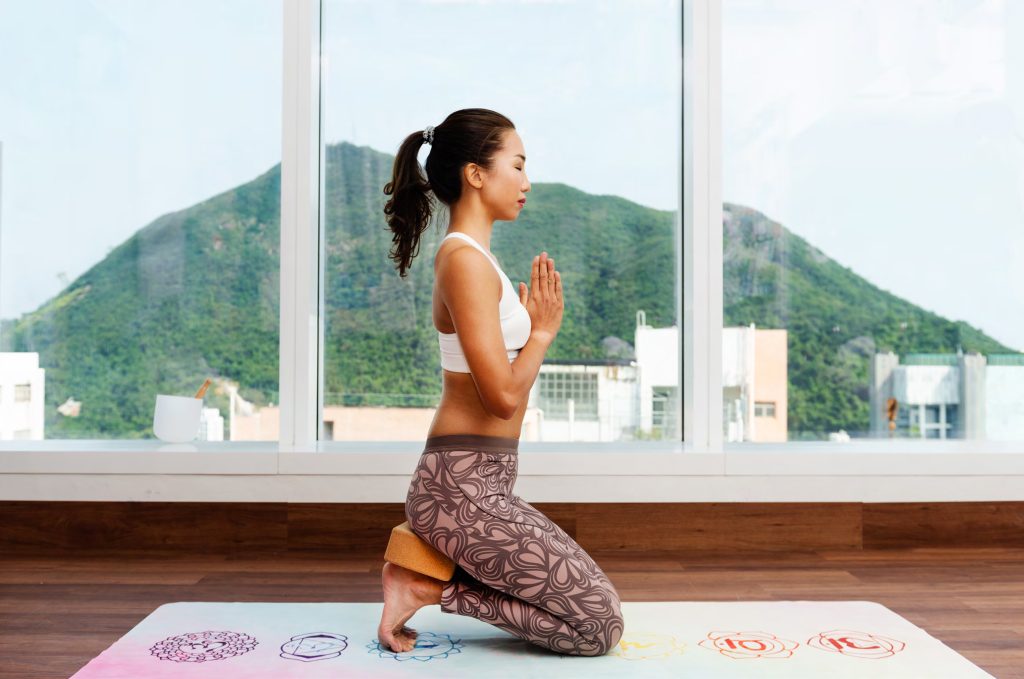
Juni Ngai, General Manager of eBRAM Centre Limited, doing yoga at HeyArt Yoga Studio.
Her feelings are echoed by Wong, who says that yoga positively influences everyday life. “When doing yoga poses, we are aware of our breathing and focus on each pose, especially more advanced ones which require good balance. This is how we bring our attention to the present moment,” he says.
“Outside the yoga mat, we extend this awareness to our daily lives. We observe ourselves, our breathing, and refocus our attention to stay in the present. Yoga is an all-day practice which trains our mindfulness.”
Starting from scratch
Though it may seem intimidating, Ngai recommends CPAs who are interested in yoga to start by attending multiple classes a week, relative to their level of fitness. This gives their body time to adjust. “Try five classes a week,” she says. “You won’t feel a difference after one class.”
Fu, who has even introduced yoga to the elderly, says age is no excuse. “They are in their 70s and 80s and they can still do it. Because they don’t stretch much, this encourages them to do more simple stretching,” she says. “Over time, many of them have found they can stretch in new positions that they once thought were impossible.”
Wong reminds CPAs to simply approach yoga with an open mind. “Many people do not try yoga because they think they are not flexible enough or because of their own religious beliefs,” he says. “As with everything new in life, we may have fears and concerns at first, but we won’t know until we try.”






